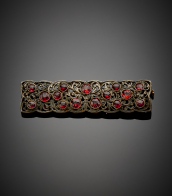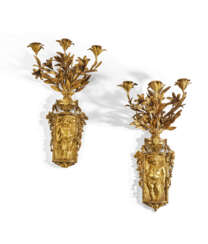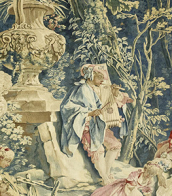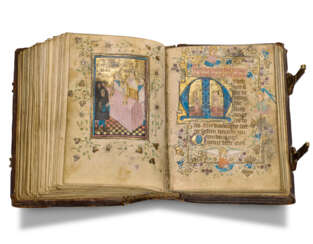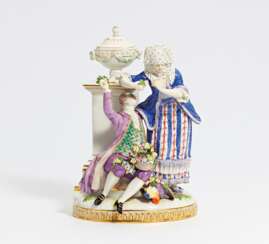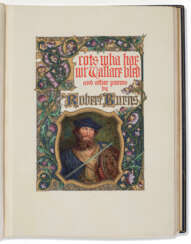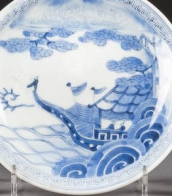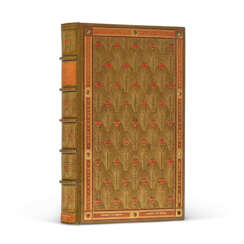golden-daisy


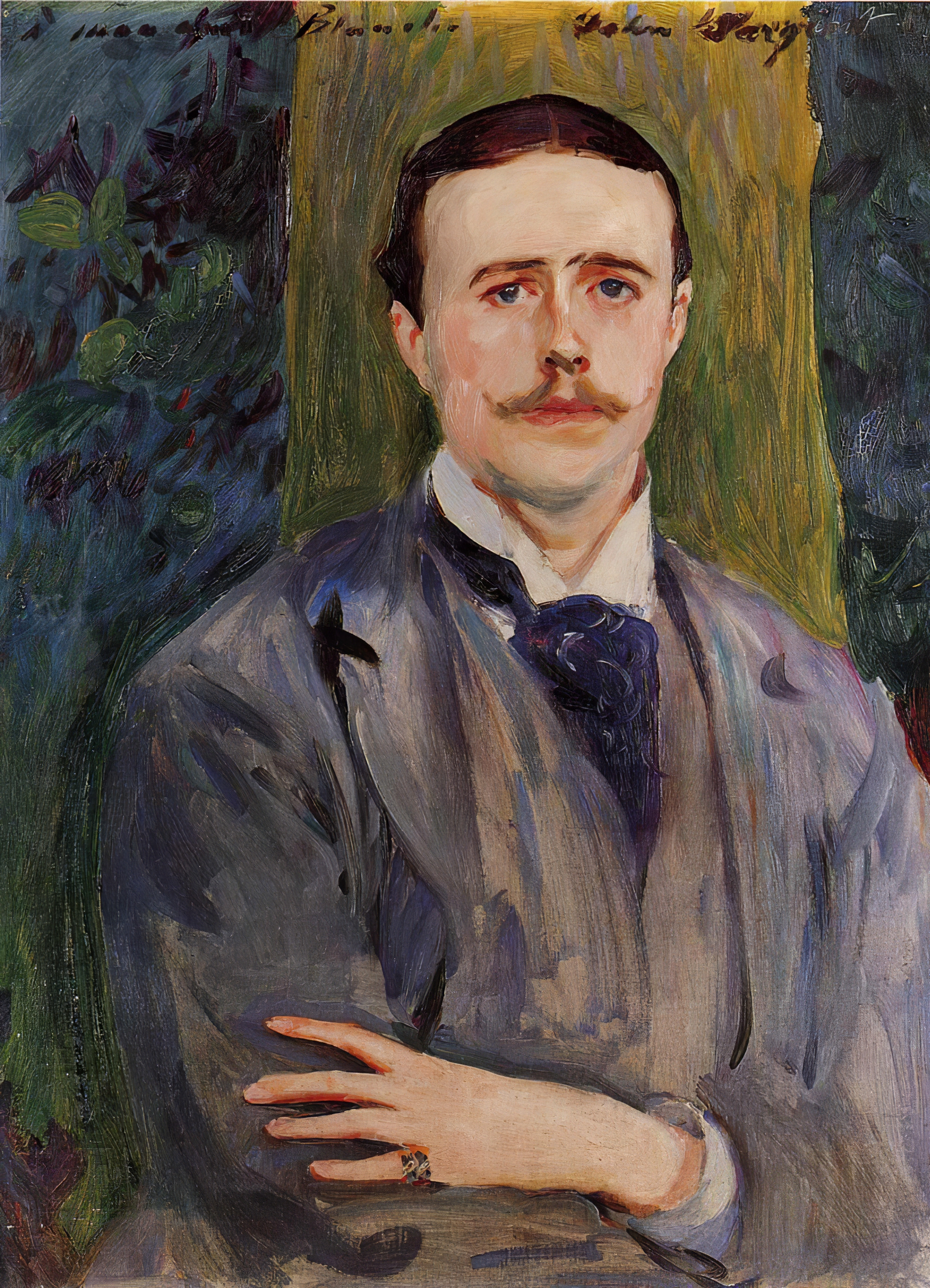
Jacques-Émile Blanche was a French artist, largely self-taught, who became a successful portrait painter, working in London and Paris.


Alberto Sangorski is a British artist, illustrator, calligrapher and bookbinder.
As a young man, Alberto showed promise as a painter, but began working as a secretary for a jewelry firm in the City of London. When his younger brother Francis Sangorski founded the bookbinding firm of Sangorski & Sutcliffe in London in 1901, Alberto often visited the workshop and helped the firm with its bookkeeping. Around 1905 he became interested in this work and after a little technical training from his brother, he became an accomplished calligrapher and illustrator.
The firm of Sangorski & Sutcliffe was known in the 1920s for its luxurious gem-embellished bindings, with real gold and gemstones used in the covers. This bindery was considered the leading bindery in London and was highly successful, surviving both wars and economic depressions.

Robert Burns (Gaelic: Raibeart Burns or Rabbie Burns) was a Scottish poet, folklorist, and bard.
The hard farm life of his father significantly influenced Robert's outlook. Education of the novice poet received a sketchy, reread all English writers, knew Latin and French. In time, he became an opponent of the social order of his time and a satirist of all forms of religious and political thought that lead to inhumanity.
Burns' first book, entitled Poems, mostly in the Scottish dialect, was published in 1786. It was well received by the public, and the elated author traveled to Edinburgh, where he met James Johnson, a keen collector of Scottish songs. Together they produced a book, The Scottish Musical Museum. This and a similar book, George Thomson's Selected Collection of Original Scottish Songs for Voice (1793-1818), contain the bulk of Burns' songs.
Robert Burns was torn between his farming background and the much higher status of many of the intellectuals with whom he socialized and corresponded closely. Although he obtained a position in the excise office, this did little to satisfy the ambitions of the somewhat naive poet.
Having gained a reputation as a writer of poems and songs in Scottish and English, Burns went on to collect and adapt Scottish folk songs and created one of his major works, Tam of Shanter (1791), a narrative poem based on a folk legend. Even today Burns is honored as Scotland's national poet and is considered a pioneer of the Romantic movement in England.



